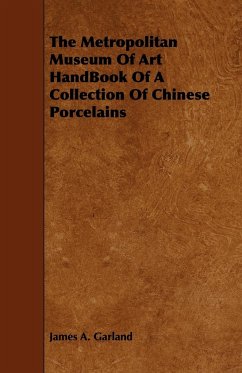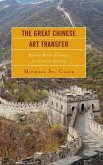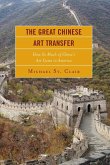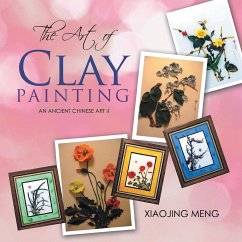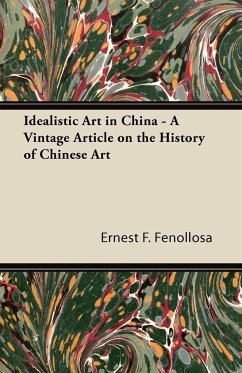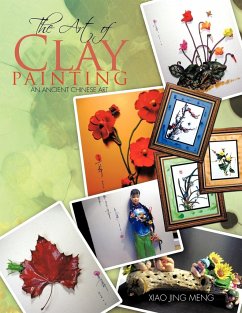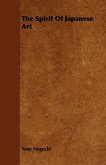PREFACE. This Hand-book is necessarily limited in scope, and is not intended for the solution of vexed questions, nor in any way to supersede the more elaborate treatises on Chinese ceramics, The Garland Collection now on exhibition embraces various types important and noteworthy for their colored decoration and their component paste including, naturally, not only the beautiful, but the grotesque and curious as well. Though no attempt has been made to arrange the collection chronologically, the examples fairly cover the history of Chinese ceramic art for the periods which are held in regard to-day. The Chinese attained their prezminence in this art centuries ago, a prezminence not surpassed by any modern advance. The colors of their ancient pieces possess greater vividness and depth their forms, an originality and elegance of their own . The work which affords native testimony respecting the history of Chinese porcelain, and the places at which it has been manufactured, is the Histoire et fabrication dc la porcelaine chinoise, translated from the Chinese by Stanislas Julien, with notes and additions by M. ruphoilse Salvetat Paris, 1856. The leading scientific works on the nature of porcelain and its chemistry are the Trait des arts dramiques, by AI. A. Brongiliart, Paris, 1844 and La Porcelaine, by 31. Gcorgcs Vogt, Directeur de Skvres, a thoroughly technical work on both European and Chinese Porcelain. Porcelaine de Chine, par M. 0. Du Sartel, Iaris, 1881, a work of great value, and beautifully illustrated. Probably the latest important work is La Ceramique chinoise, by M. Erncst Grandidier, Paris, 1894, whose collection is of world-wide reputation, and as recently given to the Louvre in Paris. History of Pottery and Porcelain in the rgth, 16th, 17th and 18th centuries, by Joscph Marryat, London, r868. Oriental Porcelain and Pottery of the South Kensington lfuseuin, by Augustus M. Franks, London, 1875. Abriss der Geschichte dcs Poszellans und der Thonge- fasse, by Dr. J. G. Theodor Grssse, Dresden. The works of 31. A. Jacquemart, Paris, 1862 ancl 1873. Descriptive and historical Catalogue of a Collection of Japanese and Chinese paintings in the British Museum, by Wm. Anderson, F. K. C. S. Ancient Vases, by P. P. Thorns, London, 185 I. The Chinesc Readers Manual, by V. F. llayers, London. The inarks on Oriental porcelain are given in the various editions of Chaffers they are also to be found in works published by Dr. J. G. Theodor Grusse and others, and in Hopper and Philllps Manual of Marks. The Chinese are conceded, by authorities generally, after all possible documentary research, to have been the first to manufacture porcelain. The question, When was this industry born remains, however, to be finally solved. Some savants are content to assign its date to some time under the dynasty of Thang, A.D. 618-907 others to a much earlier period. As we are dealing with porcelain as it appears in this collection, we must forbear to discuss the obscurely known primitive art, and attempt but superficially to penetrate the mystery of the history of ceramic art. In order to know porcelain well, says a French writer on the subject, it is necessary to look thoroughly into ceramic art in general. But this would include all sorts of objects made from crushed stone, earth or clay, and we must accordingly confine our- selves pretty closely to porcelain...
Bitte wählen Sie Ihr Anliegen aus.
Rechnungen
Retourenschein anfordern
Bestellstatus
Storno

